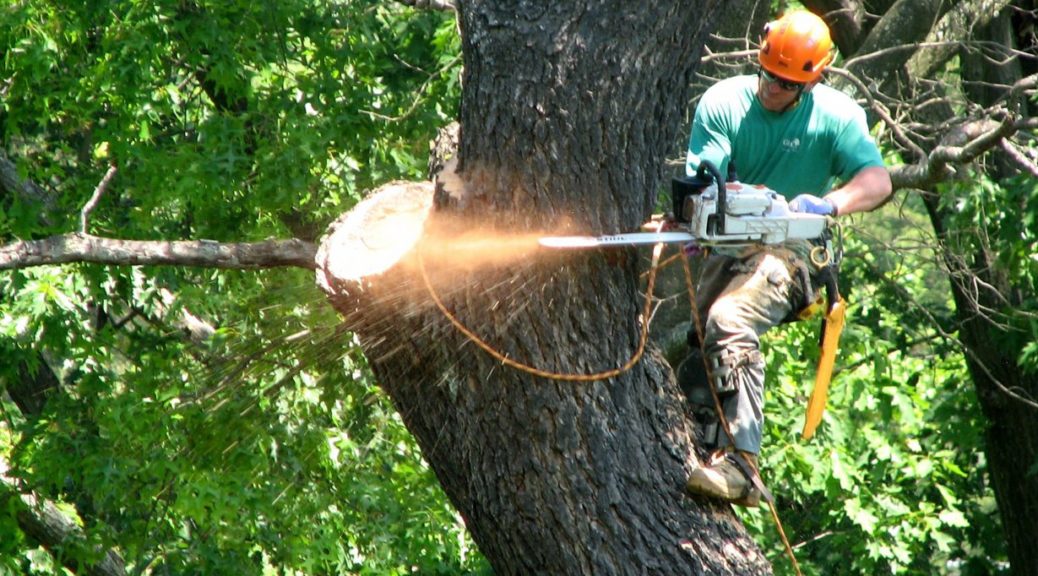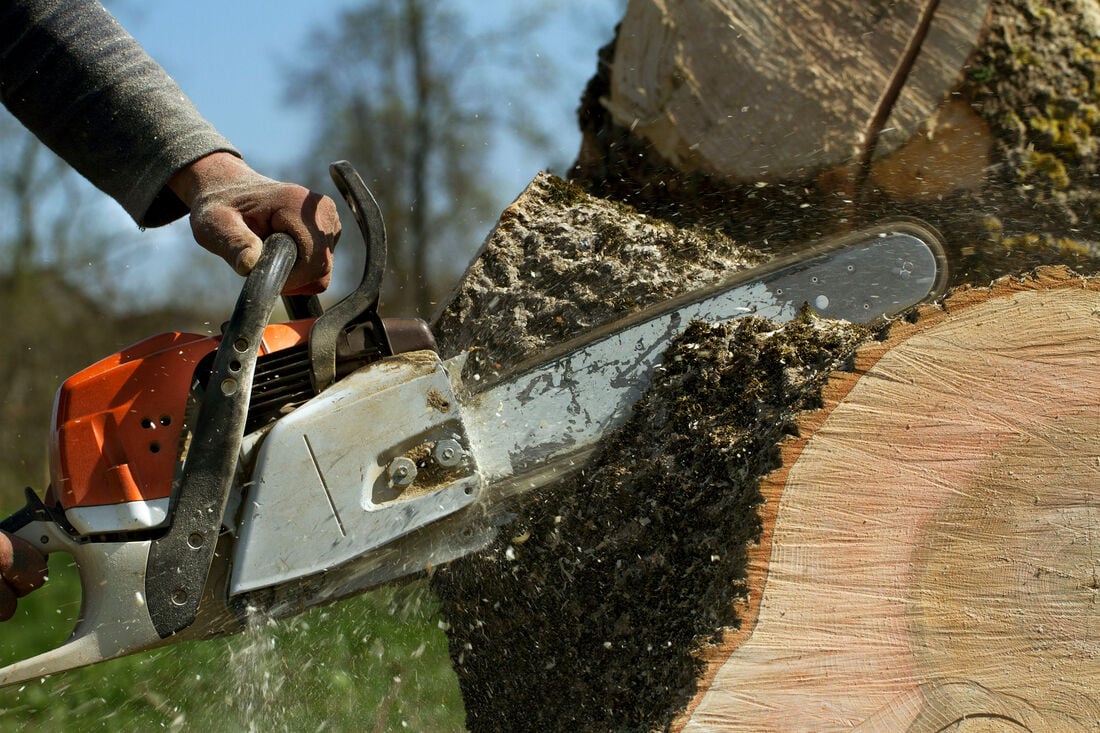Top Tree Service Guilford CT: Specialist Tree Removal
Top Tree Service Guilford CT: Specialist Tree Removal
Blog Article
Understanding the Relevance of Tree Conservation and Preservation Practices in Urban Locations
In the dynamic landscape of metropolitan environments, trees typically stand as silent guardians, providing a plethora of benefits that expand far past their visual appeal. As we discover the interwoven material of environmental, social, and financial advantages that city trees offer, it comes to be evident that their conservation is critical for the wellness of present and future generations.
Environmental Advantages of Trees in Cities
Trees in city areas play a critical role in supplying various environmental advantages, contributing to the overall wellness of city residents. One substantial advantage is the enhancement of air quality. Trees serve as natural filters, taking in pollutants such as carbon monoxide, sulfur dioxide, and nitrogen dioxide, and launching oxygen right into the ambience. This process helps decrease the concentration of hazardous gases, making the air cleanser and much healthier for locals.

Additionally, trees add to water management by lowering stormwater overflow and soil erosion. Their origin systems take in excess water, stopping flooding and filtering toxins before they reach water bodies. This all-natural procedure aids preserve water high quality and safeguards marine ecosystems in city areas. On the whole, the environmental advantages of trees in cities are necessary for producing sustainable and comfortable metropolitan environments.
Social Value of Urban Tree Conservation
In modern urban landscapes, the preservation of trees holds considerable social relevance for cultivating area well-being and enhancing high quality of life. Urban tree preservation plays an important function in producing rooms for social communication and area involvement. Trees provide meeting place for individuals, such as parks and green locations, where areas can collaborate for entertainment tasks, get-togethers, and leisurely walks. The existence of trees in metropolitan settings has been connected to reduced degrees of stress and anxiety, boosted psychological wellness, and boosted sensations of health amongst residents. Additionally, trees add to the visual appeals of communities, developing aesthetically appealing surroundings that enhance the general livability of city areas.

Economic Worth of Tree Conservation
The conservation and preservation of city trees offer substantial economic benefits that contribute to the overall financial wellness of communities and cities. Urban trees provide a large variety of financial advantages that positively impact local economic climates.
Additionally, trees play a crucial role in lowering stormwater overflow and reducing the effects of flooding, which can lead to price financial savings for cities in regards to infrastructure maintenance and fixing. Urban trees likewise contribute to improved air top quality by releasing and absorbing contaminants oxygen, causing potential financial savings in Website medical care expenses connected with respiratory ailments. By investing and identifying in the financial worth of tree conservation, cities can promote lasting advancement, improve lifestyle, and develop more resistant metropolitan environments.
Strategies for Lasting Urban Tree Management
An extensive approach to lasting urban tree monitoring includes incorporating varied techniques that prioritize lasting ecological health and wellness and neighborhood well-being. Implementing tree supplies and analyses is essential to understand metropolitan tree populations, their health and wellness, and upkeep requirements. Routine pruning, watering, and mulching are necessary methods to ensure tree vigor. Additionally, adopting tree growing programs that focus on climate-resilient and indigenous species can improve city biodiversity and sustainability.
Community engagement plays a pivotal duty in sustainable urban tree monitoring. Educating citizens concerning the benefits of trees, organizing tree growing events, and including volunteers in tree care activities promotes a sense of ownership and stewardship. Collaboration between local government, environmental organizations, and residents is key to developing and executing effective tree administration plans.
Investing in green facilities, such as eco-friendly roofing systems and metropolitan forests, can provide numerous benefits, including enhanced air quality, stormwater management, and urban heat island mitigation. RC Property Services Guilford CT. Incorporating trees right into city preparation and style processes guarantees that This Site trees are valued as crucial parts of a healthy and resistant urban setting
Neighborhood Involvement in Tree Preservation
Community participation is an essential component in fostering sustainable urban tree administration practices and guaranteeing the long-lasting health and wellness and preservation of metropolitan tree populations. Involving the community in tree preservation initiatives can cause enhanced recognition, gratitude, and stewardship of trees within city areas. When homeowners actively get involved in tree planting, upkeep, and preservation efforts, they create a feeling of ownership and satisfaction in their local atmosphere.
Area involvement likewise advertises social communication and collaboration among citizens, local authorities, and environmental companies, cultivating a shared obligation for city tree preservation. By organizing tree planting occasions, instructional workshops, and volunteer opportunities, neighborhoods can collaborate to improve the city tree canopy and create greener, healthier cities. In addition, involving citizens in decision-making processes pertaining to tree monitoring guarantees that varied viewpoints and local knowledge are thought about, bring about more sustainable and efficient conservation practices. tree removal. Inevitably, neighborhood involvement plays a critical duty in building successful and durable city woodlands for future generations to take pleasure in.
Conclusion
To conclude, metropolitan tree conservation and conservation methods play a critical role in enhancing the environmental, social, and financial wellness of cities. By recognizing the worth of trees in urban areas and implementing sustainable monitoring techniques, communities can enjoy the various benefits that trees offer. It is web important for stakeholders to actively take part in tree preservation initiatives to guarantee a greener and much healthier metropolitan atmosphere for future and current generations.

Report this page